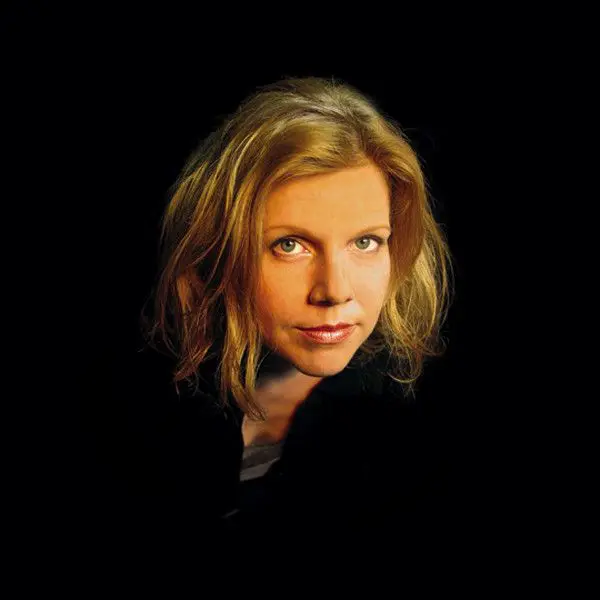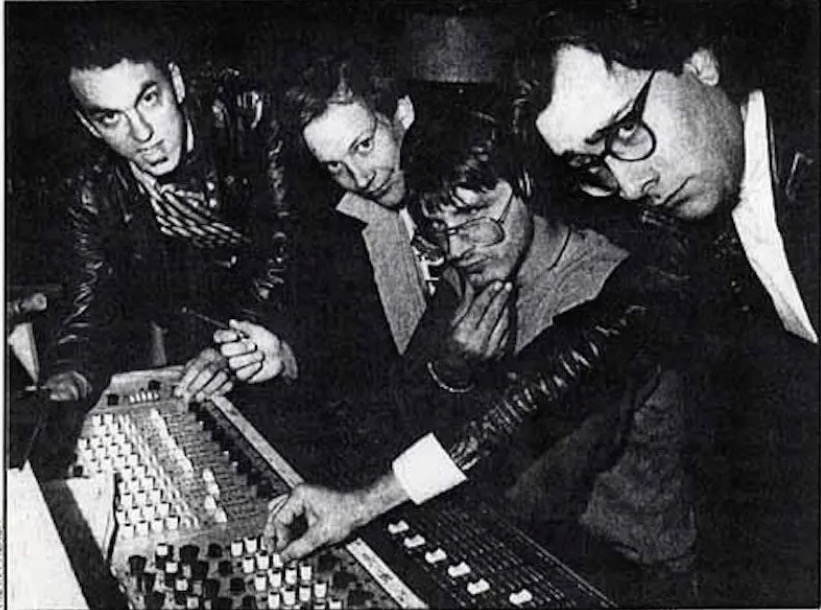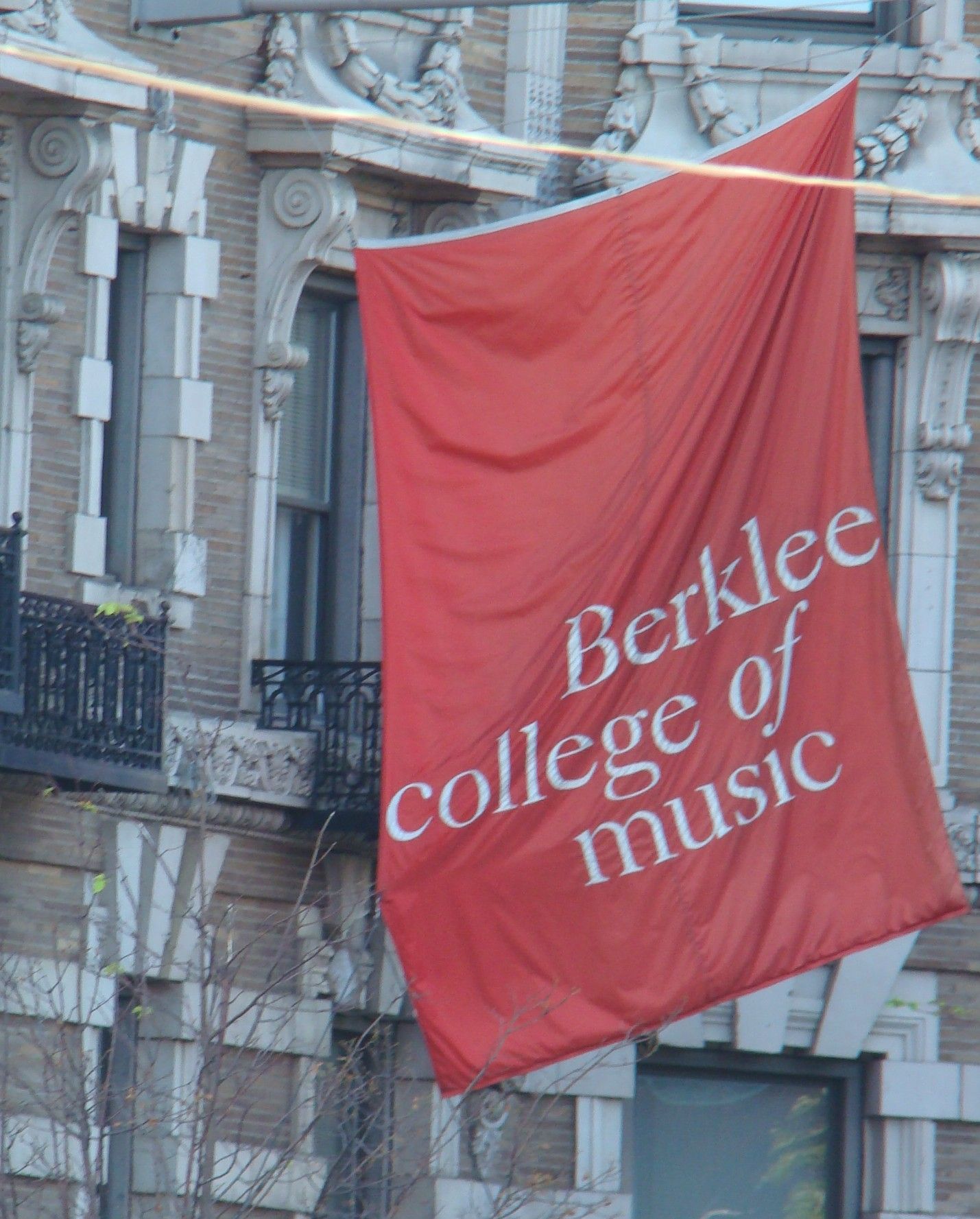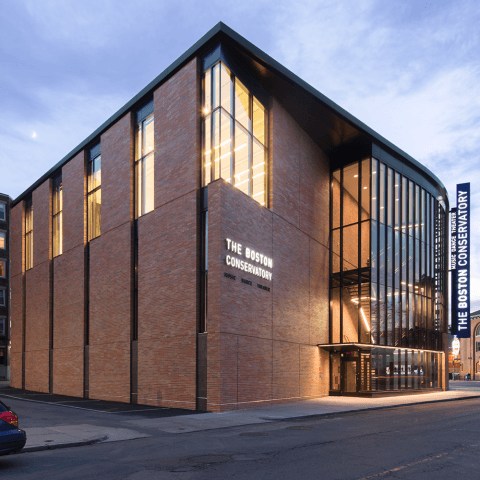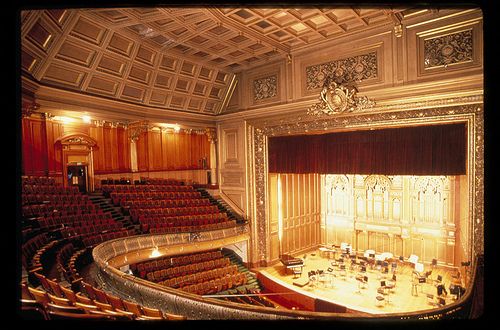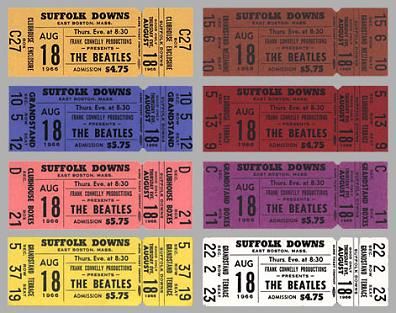Throwing Muses
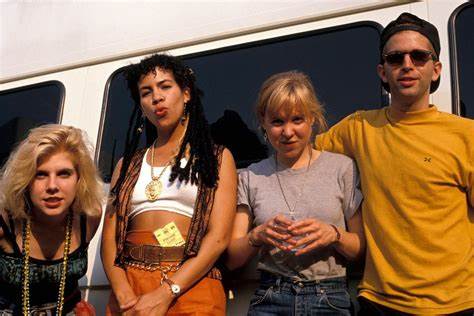
Imagine your best friend from third grade. Now imagine that friend becomes your stepsibling when you’re both 11. Then imagine you form a band together at 15, sign a record deal at 19 and co-front one of the most original, influential and highly regarded groups of the mid-‘80s/early ‘90s indie/alt-rock sonic eruption.
Welcome to the real world of Kristin Hersh and Tanya Donelly, whose familial and musical ties formed at a tender age and whose collaborative creativity exploded at the dawn of indie/alt-rock scene via Throwing Muses, leaving artistic ashes that blanket the entire genre to this day.
A lava-hot layering of post-punk’s dissonance, folk’s pared-down aesthetic and country’s poetic polish, Throwing Muses blends startling shifts in mood and tempo, atypical chord progressions, irregular song structures and shamelessly honest, oft-surreal lyrics to create songs that turn from fury to calm in a heartbeat. With Donelly’s decidedly pop leanings the perfect foil to Hersh’s more stream-of-consciousness ones on their first four albums – a Lennon-MacCartney-esque partnership if ever there was – the band has recorded 12 LPs over the past 37 years (10 studio, two live), each an intense, unpredictable example of musical and lyrical passion and poise delivered to the most exacting standards.
BACKGROUND
Donelly and Hersh were born exactly three weeks and roughly 900 miles apart, Donelly on July 14, 1966, in Newport, Rhode Island, and Hersh on August 7, 1966, in Atlanta, Georgia. When Hersh was six, her father joined the faculty at Salve Regina University in Newport as a philosophy professor, so her family relocated from the Peach State to the Ocean State. She and Donelly met in third grade and became stepsisters at age 11 when Hersh’s parents divorced and her mother and Donelly’s father tied the proverbial knot.
Around age 13, both started playing guitar and each has cited The Beatles as their earliest influence, saying they learned a lot of the basics by strumming along to the Fab Four’s records. Soon they were practicing other songs they heard on stations like Providence’s WHJY and those written by Hersh’s musically inclined father and in 1982/3, when they were freshmen at Rogers High School in Providence, Hersh initiated the idea of forming a band.
FORMATION, FIRST EP, MOVE TO BOSTON, 4AD SIGNING
The result was the all-female quartet Kristen Hirsh and the Muses with bassist Elaine Adamedes and drummer Becca Blumen, the latter soon replaced by David Narcizo. Having played only marching and concert drums before, Narcizo borrowed a kit that didn’t have any cymbals and playing a sans-cymbal set has been his trademark ever since. Hersh and Donelly wrote the songs and shared lead vocals.
In 1984, the fledgling four piece recorded a self-titled EP as Throwing Muses, released on their own Blowing Fuses label, and in 1985, after Leslie Langston replaced Adamedes on bass, they relocated to Boston and recorded some demo tracks at Fort Apache Studios (known as the Doghouse Cassette and issued by Rykodisc in 1998). The demo produced the #1 college-radio hit “Sinkhole,” Fort Apache producer Gary Smith sent it to Ivo Watts-Russell, co-founder of the English label 4AD, and Throwing Muses became 4AD’s first American band.
DEBUT ALBUM
In 1986, the group recorded their eponymous debut LP with producer Gil Norton, who later would work with other indie/alt-rock mavericks including Pixies, Echo & the Bunnymen and Foo Fighters. The band included keyboardist Dave Knowles and guitarist Ronald Stone in the sessions and 4AD issued the finished product in September, it being one of the nascent indie/alt-rock scene’s first internationally distributed albums, predating Nirvana’s debut LP Bleach by almost three years.
With few exceptions, reviews were strong. Pitchfork’s Katherine St. Asaph calling the album “precocious yet visceral” and AllMusic’s Heather Phares described it later as “a startling collision of punk energy [and] folky melodicism,” noting in particular Hersh’s “mercurial voice and lyrics” and some tracks’ “violent,” “volatile” and “vibrant” mood/tempo swings. While it failed to chart, it was included in 1001 Albums You Must Hear Before You Die (Universe Publishing, 2005).
CHAINS CHANGED, THE FAT SKIER, HOUSE TORNADO, HUNKPAPA
In 1987, the band recorded a pair of EPs, Chains Changed and The Fat Skier, the latter of which went to #2 in the UK Independent Albums chart and was the band’s first release on Sire Records in the US under a 4AD-Sire partnership where Sire had exclusive US distribution rights (using its imprint) and 4AD had distribution rights outside the US. In
December that year, reuniting with the Fort Apache’s Gary Smith, the band recorded its second album, House Tornado, without the backing of any additional musicians, resulting in the lean, no-frills sound that became the Muses’ calling card. 4AD/Sire released the LP in March 1988 and the band toured the UK and Europe that summer opening for Pixies.
Just 10 months after House Tornado dropped, the group’s third album, Hunkpapa – a Lakota word meaning “Head of the Circle” – hit the shelves in January 1989. Also produced by Smith, it represented a significant departure from the Muses’ previous releases with a slicker, more sophisticated sound and comparatively standard melodic structures – “edging toward rock convention,” wrote The New York Times – but the feverish restlessness of Hersh’s lyrics remained unchanged. The single “Dizzy” hit #8 in the US and #85 in the UK, and the album reached #59 in the UK Albums chart.
THE REAL RAMONA, RED HEAVEN, THE CURSE
Over the next seven years, the band recorded five albums in the face of major lineup changes, starting in 1990 when Fred Abong replaced Langston before the Muses recorded their fourth and poppiest-yet LP, The Real Ramona. Issued in February 1991, it reached #26 on the UK Albums chart and the single “Counting Backwards” went to #11 in the US and #70 in the UK, but after the supporting tour, Donelly and Abong left the group to form Newport-based Belly.
In early 1992, Hersh and Narcizo recorded Red Heaven as a trio with guest bassist Langston and Hüsker Dü’s Bob Mould singing one song, “Dio.” Released in August and featuring a notably heavier sound than other Muses material, it reached #13 in the UK Albums chart with the single “Firepile” peaking at #46 in the UK Singles chart. Later in 1992, Muses roadie Bernard Georges joined as full-time bassist and the group recorded a live album in London, The Curse, which reached #74 in the UK.
UNIVERSITY, LIMBO, DISBANDING
In January 1995, 4AD/Sire released the band’s sixth studio album, University, which went to #10 in the UK and #10 in Billboard’s Heatseekers Albums chart with the single “Bright Yellow Gun” reaching #51 in the UK and #20 in the US. The album didn’t sell well enough for Sire, though, and the label ended its deal with 4AD, signaling the end of the Muses’ major-label distribution days. In August 1996, 4AD, Rykodisc and the band’s own label, Throwing Music, released the LP Limbo, which hit #36 in the UK and #34 in the US, with its single “Shark” going to #53 in the UK. Despite strong reviews, the Muses called it quits after the tour, with no indication that the split was temporary.
DOGHOUSE, LIVE IN PROVIDENCE, REUNION, RAT GIRL
From late 1997 to 2002, band members pursued other projects, Hersh recording two albums and a collection of Appalachian folk songs in 1998 alone. Also that year, Rykodisc released In a Doghouse, a double-disc set of the Muses’ earliest material including the pre-4AD Doghouse Cassette from 1985. In 2001, the band released Live in Providence on Throwing Music; recorded at Club Baby Head in late 1992, it includes “Catch a Falling Star,” the song’s only appearance on a Muses album.
In 2002, the band reunited with aplomb as Donelly returned to record the band’s self-titled seventh album, issued by 4AD in March 2003 and hailed as a raucous return to their earlier material, a classic “comeback album” that went to #26 in the Billboard Top Indie Albums chart and #75 in the UK Albums chart. Later that year, Hersh formed another group, 50 Foot Wave, with bassist Georges and drummer Rob Ahlers, recording a self-titled EP in 2004 and the LP Golden Ocean in 2005, both issued by 4AD/Throwing Music.
In 2010, Hersh provided her memories of and perspective on the Muses’ 1985/86 period in her book Rat Girl, published by Penguin Books. Topics include the band’s first sessions at Fort Apache, signing with 4AD and her much-publicized bipolar disorder diagnosis. In 2011, 4AD issued Anthology, a two-disc, 21-track collection of previously released and unreleased material.
PURGATORY/PARADISE, SUN RACKET
In 2013, the band showed its ever-innovative approach with the unique format of its 32-track ninth studio album, Purgatory/Paradise, named after the intersection of Purgatory Road and Paradise Avenue in Middletown, Rhode Island. Released by It Books, the disc comes in the form of an actual book, with song lyrics, artwork and a code allowing fans to download additional tracks. On the supporting tour in 2014, Donelly opened for the Muses’ East Coast shows.
In 2020, the Muses recorded their most recent studio effort, the hard-edged Sun Racket, released on Fire Records in September to unanimously positive reviews, with critics saying Hersh’s writing had taken a substantially more rock-driven turn since she formed 50 Foot Wave 17 years before. The Arts Desk and Mojo gave the LP four out of five stars and Bust magazine’s Michael Levine called it “a standout moment in this seminal band’s musical canon.”
DONELLY COMMENTS ON BOSTON, PROVIDENCE ROCK SCENES
Asked in a 2015 interview with Rhode Island-based music/film/arts site Motif how the Boston and Providence rock scenes differ, Donelly said the latter’s tends to be more homegrown since Boston’s plethora of colleges and universities, including Berklee College of Music, Boston Conservatory at Berklee and New England Conservatory, attracts musicians from across the globe.
“Rhode Island has the most amazingly fertile, creative soil. There’s non-stop artistry and there’s this musical reinvention that always happens, which is pretty amazing,” she said. “Boston has that too, but most [musicians] there come from somewhere else whereas in Rhode Island there are a lot of natives, which makes it a little bit different.”
(by D.S. Monahan)

